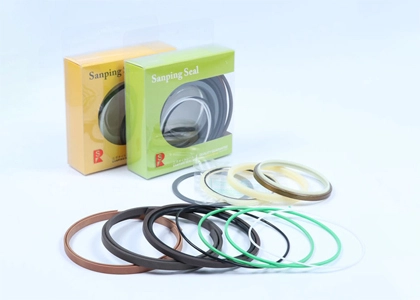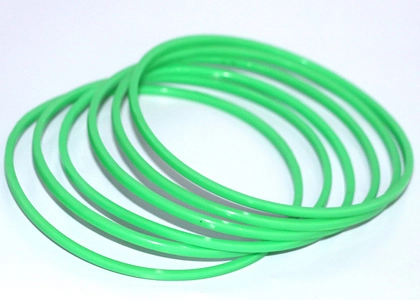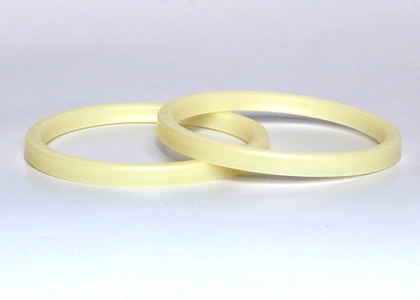Skeleton oil seals are a vital component in many different types of machinery and equipment, helping to prevent the loss of lubricants and other fluids while also keeping out contaminants. Understanding the principles of operation of skeleton oil seals is crucial for maintenance and troubleshooting, so let's take a closer look at how these seals work.
A skeleton oil seal, also known as a lip seal or shaft seal, is a type of seal that is used to prevent the leakage of fluids in rotating or reciprocating shafts. The seal itself is made up of a metal skeleton or framework, which is usually covered with a flexible material such as rubber or other elastomers. This material is designed to make contact with the shaft and create a tight seal, preventing the loss of fluids and the entry of contaminants.
When a shaft is rotating or moving back and forth, it creates a gap between the shaft and the stationary housing. This gap is where the skeleton oil seal comes into play. The flexible material of the seal makes contact with the rotating shaft, creating a tight seal that prevents the escape of fluids. The metal skeleton provides structure and support to the seal, helping it maintain its shape and integrity under various operating conditions.
There are several key benefits to using skeleton oil seals in machinery and equipment. One of the main advantages is their ability to effectively prevent the loss of lubricants and other fluids. This helps to maintain proper operating conditions and extend the life of the equipment. Additionally, skeleton oil seals are highly resistant to wear and tear, making them a reliable choice for demanding applications.
Another benefit of skeleton oil seals is their ability to keep out contaminants such as dirt, dust, and moisture. By creating a tight seal around the shaft, these seals help to protect the internal components of the machinery from damage and premature wear. This can result in improved performance and reduced maintenance requirements over time.
To ensure optimal performance and longevity of skeleton oil seals, proper maintenance is crucial. Regular inspections should be conducted to check for any signs of wear, damage, or leakage. If any issues are discovered, it is important to address them promptly to prevent further damage to the seal or the equipment.
When troubleshooting issues with skeleton oil seals, it is essential to identify the root cause of the problem. Common issues can include improper installation, excessive shaft runout, or inadequate lubrication. By addressing these issues and making the necessary adjustments, the seal can be restored to proper working condition.
In conclusion, skeleton oil seals play a vital role in maintaining the efficiency and reliability of machinery and equipment. By understanding the principles of operation of these seals and following proper maintenance and troubleshooting practices, you can ensure that your equipment continues to perform at its best. Remember to choose a reputable brand such as Sanping for high-quality skeleton oil seals that meet your specific needs and requirements.

4649049 Boom Seal Kit Fits ZAX330-3 Excavator

N4W Back Up Ring Fits Excavator

ISI Rod Seal Fits Excavator